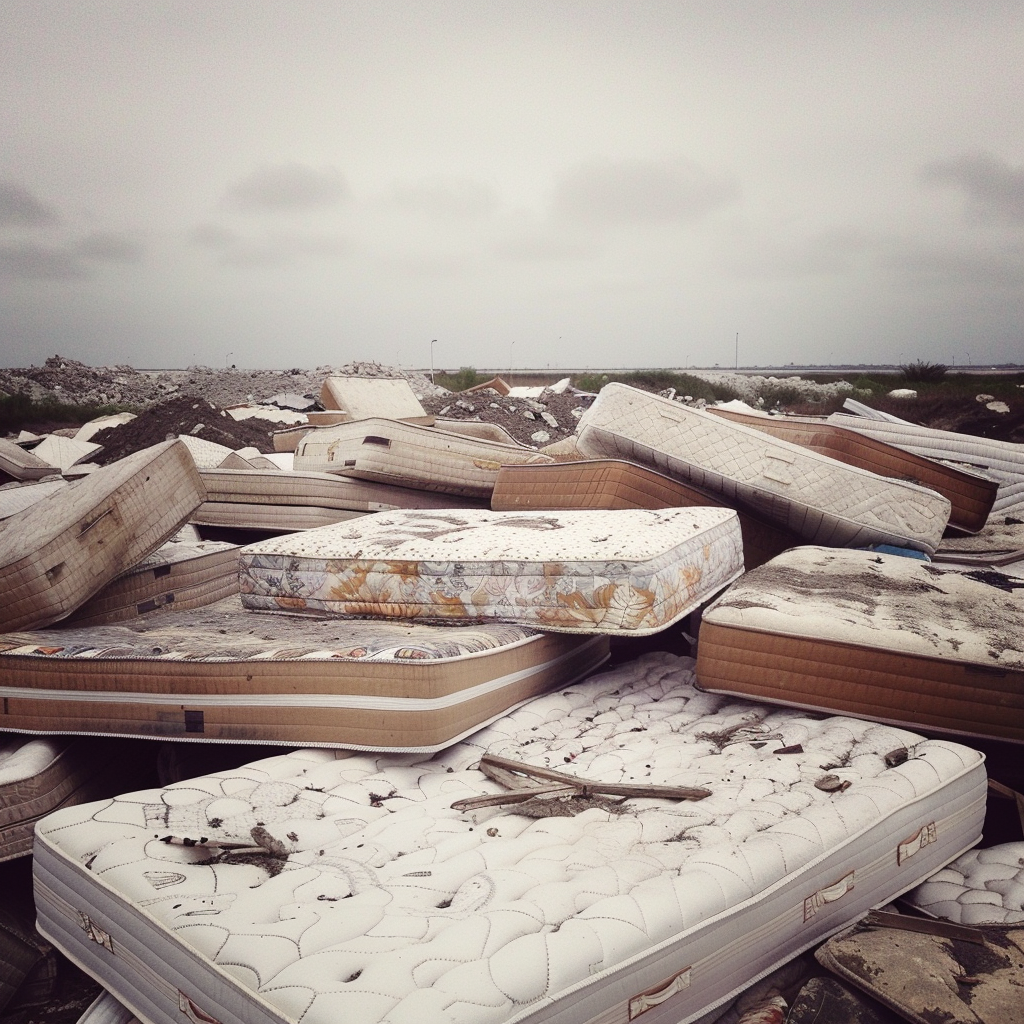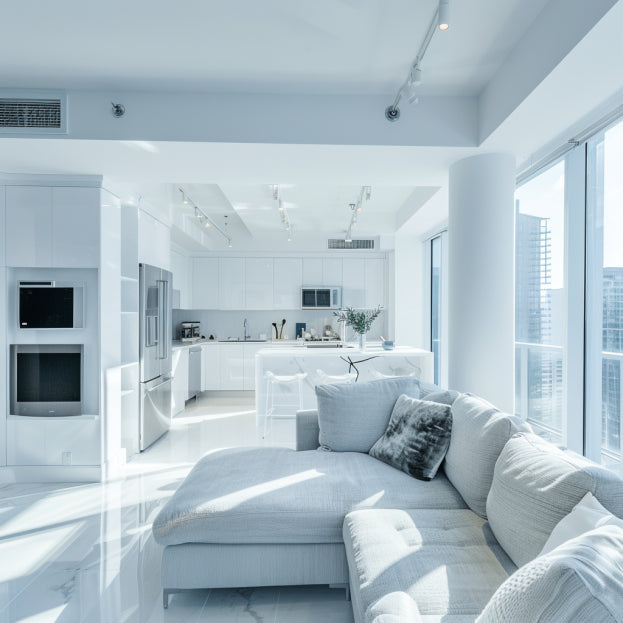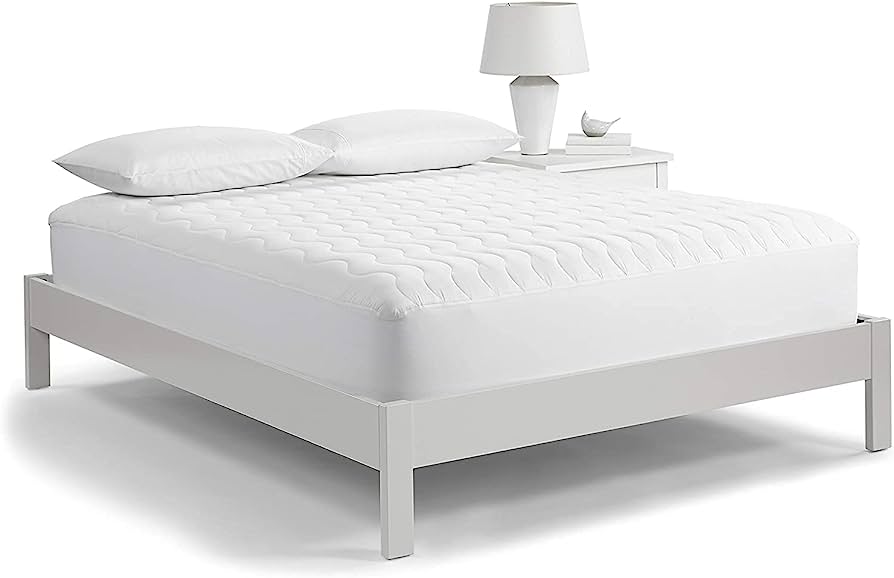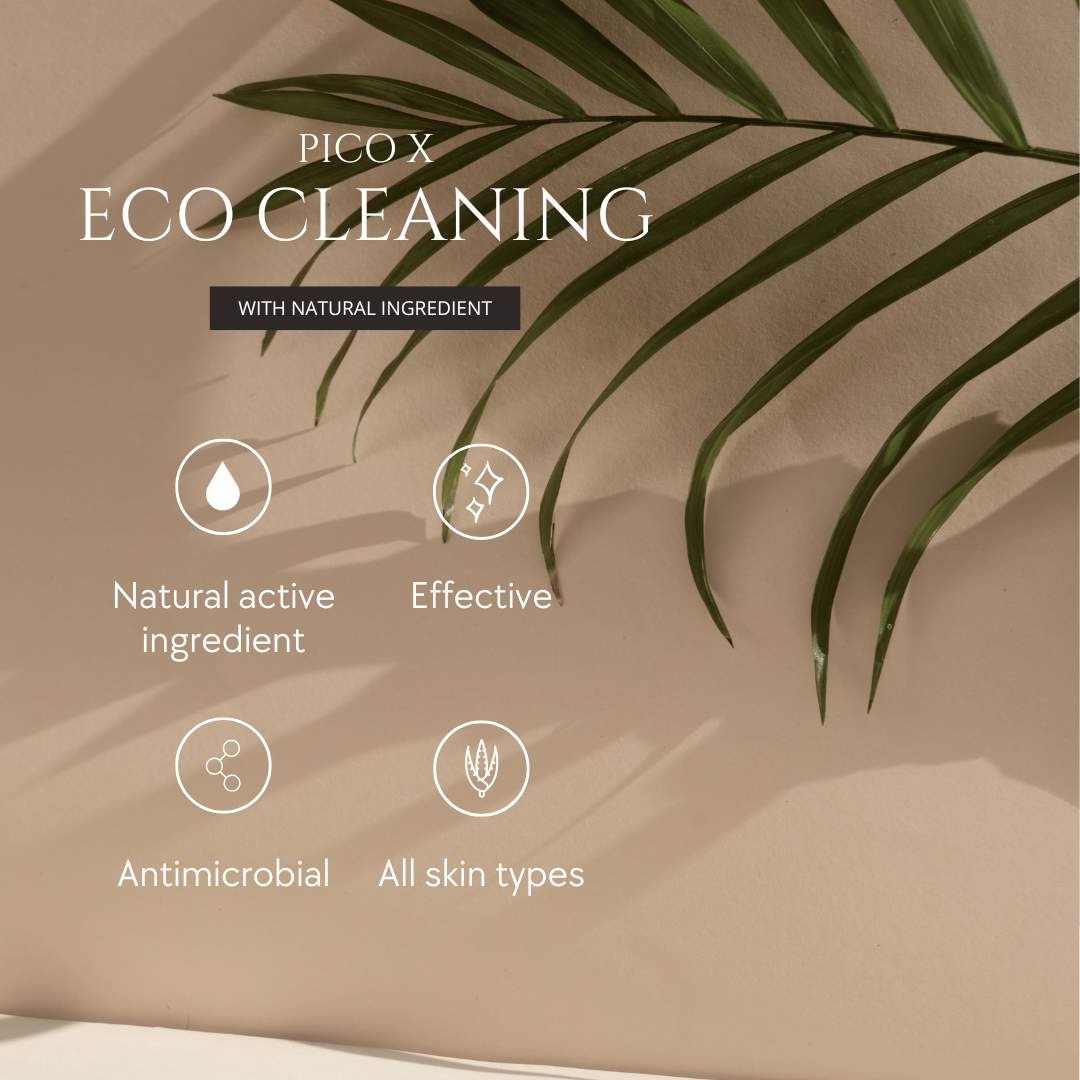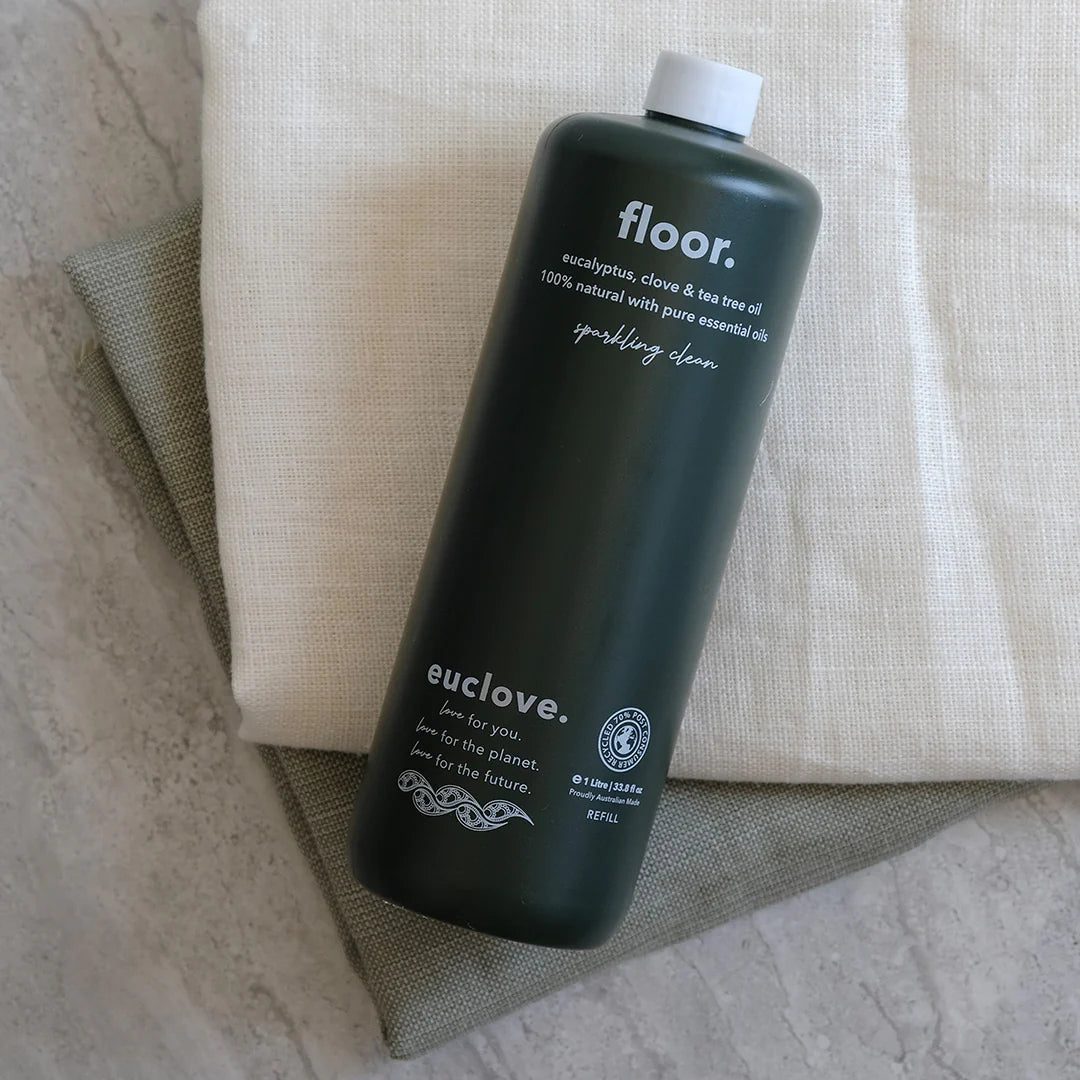-

Adoption of Antimicrobial Coating In The Hospitality Industry
-

Antimicrobial Coated Mattress For A Safe Night's Sleep
-

A safe way to improving indoor air quality and prevent mould at home.
-

Antimicrobial Coatings on Mattresses
-

Antimicrobial Coatings: A Revolution in Home and Commercial Space Hygiene
Think Opening Windows Prevents Mould? Think Again.
- 4 min reading time
Why Singapore’s Weather Makes This “Golden Rule” Dangerous for Your Home
For years, we’ve been told:
“Ventilate your home — just open your windows!”
But in Singapore’s climate, that advice might be doing more harm than good.
With humidity levels often above 80%, hot stagnant air, and minimal wind, opening your windows at the wrong time could flood your home with moisture — and feed mould growth.
It’s time to rethink what mould prevention really looks like in our tropical environment.
🔥 Singapore’s Perfect Recipe for Mould
-
Humidity: Constantly high, providing ideal moisture for mould to grow.
-
Heat: Speeds up mould spore activation.
-
Still Air: No movement = no drying = mould-friendly surfaces.
And if you open your windows during these conditions?
You’re basically inviting mould in with open arms.

❌ The “Open Window” Mistake
Here’s the catch:
If the outside air is more humid than inside — and there’s no breeze — opening your windows can backfire.
You're:
-
Letting in moisture-laden air
-
Not getting ventilation benefit (no wind!)
-
Creating damp indoor surfaces that mould loves
Instead, during hot and humid days with no airflow:
✅ Keep your windows closed
✅ Turn on ceiling or standing fans
✅ Run a dehumidifier to draw out moisture
Ventilation is still important — but only when conditions outside support it. Aim for early morning or late evening when outdoor humidity drops slightly and wind picks up.
✅ Smart Mould Prevention for Singapore Homes
Here’s your new playbook:
1. Use Mechanical Ventilation
-
Fans > stale air
-
Use extractor fans in bathrooms, especially after showers
-
Don't rely solely on passive airflow from windows
2. Control Humidity
-
Run dehumidifiers daily (ideal indoor RH: 45–60%)
-
Fix any water leaks immediately
-
Use moisture absorbers in wardrobes and cabinets
3. Use Mould-Resistant Materials
-
Paint bathrooms and ceilings with anti-mould waterproof coatings
-
Apply monthly eco-safe mouldicide sprays
-
Consider professional mould-proofing in high-risk zones
🚿 What About Bathrooms?
Your bathroom ceiling is often the first victim. Hot showers, poor airflow, and wet surfaces mean:
-
Condensation builds up
-
Ceilings become damp from inside and out
-
Mould multiplies
Solution?
🔧 Install an auto exhaust fan
🛠️ Waterproof and paint with anti-mould products
🧼 Clean + dry regularly
🧑🔧 Get a professional treatment every 12–18 months
🌬️ Final Thoughts
In tropical Singapore, ventilation isn’t about opening windows blindly. It’s about smart, climate-aware air movement and moisture control.
If you’re battling recurring mould, stop guessing — let Pico X Health assess your home and provide a customised, eco-friendly treatment plan.
Because in this climate, “open window = safe” is a myth that’s long overdue for a reality check.
-

Best Fabric Refresher 2023
-

Looking for the Best Cleaning Services in Singapore?
-

Benefits Of Essential oil Based floor cleaners - Eucalyptus, Clove and Tea Tree
-

Top ten cleaning services in Singapore?


